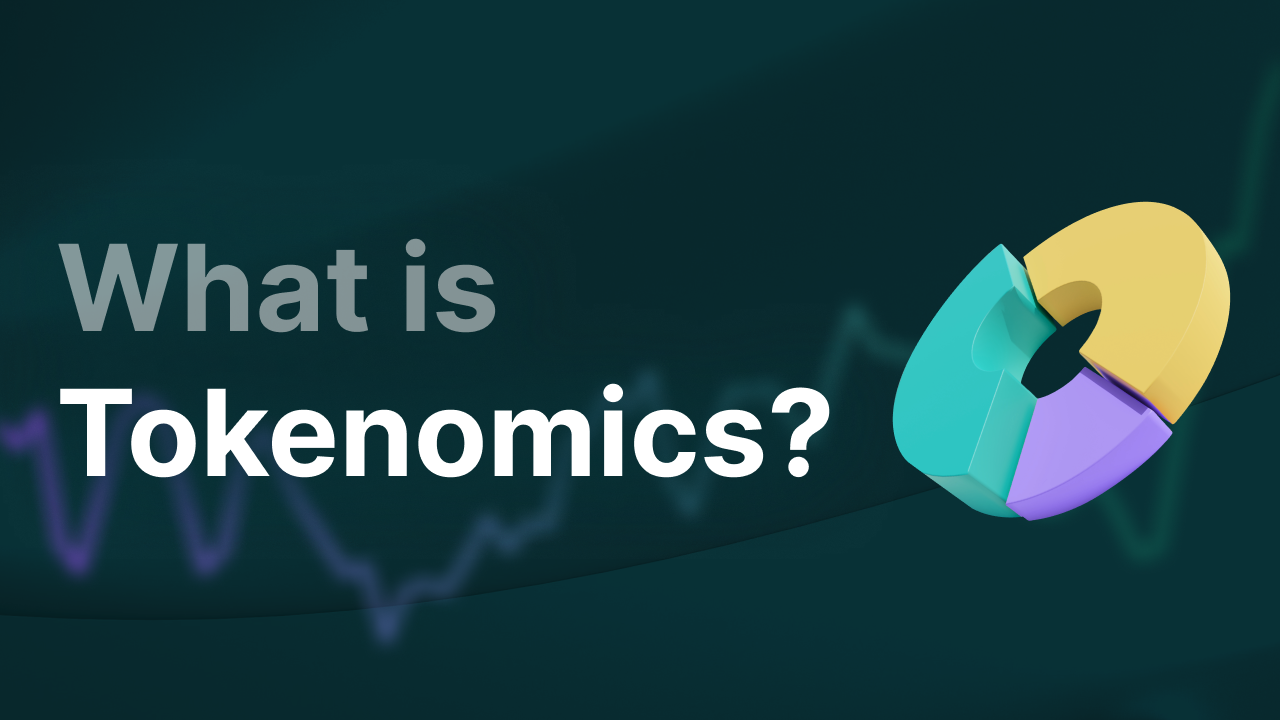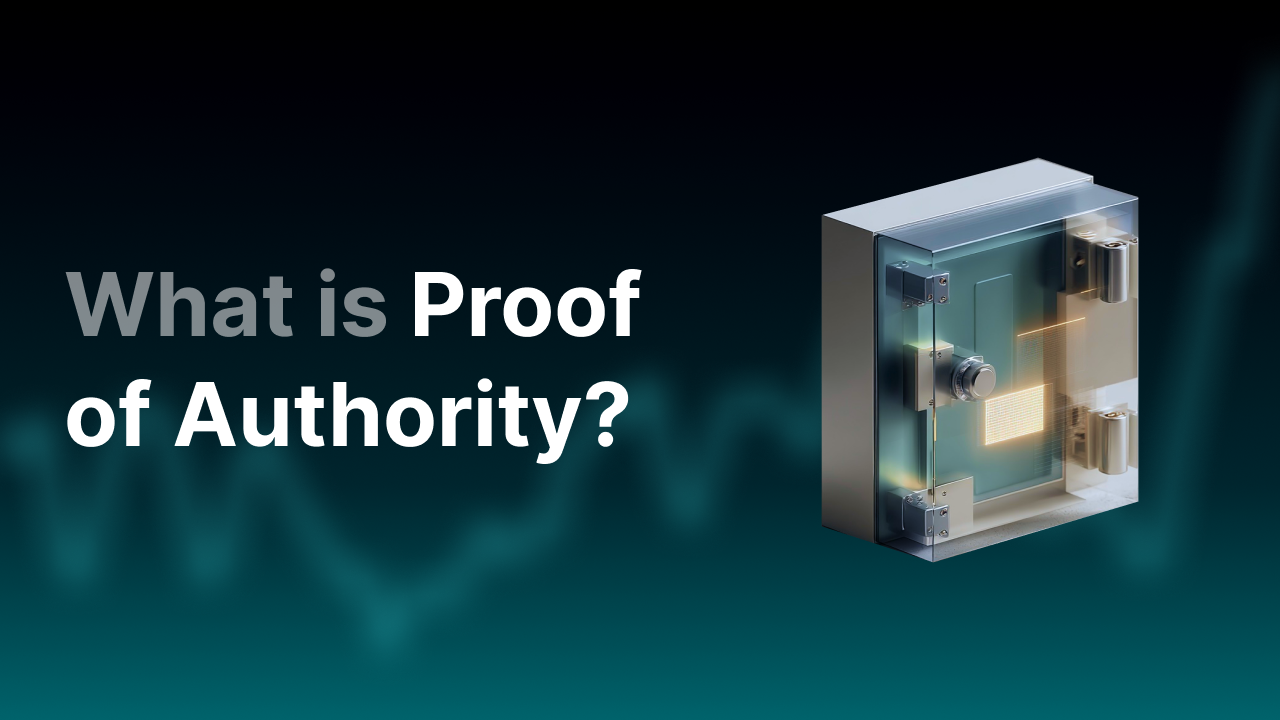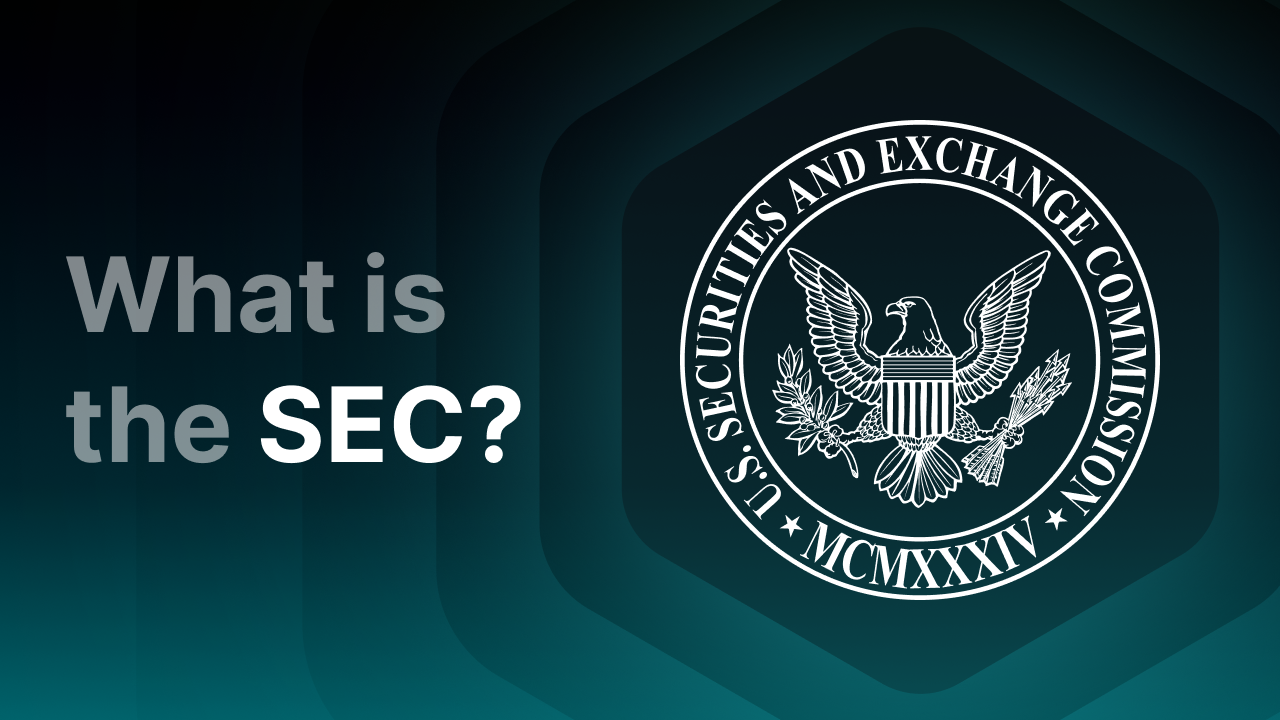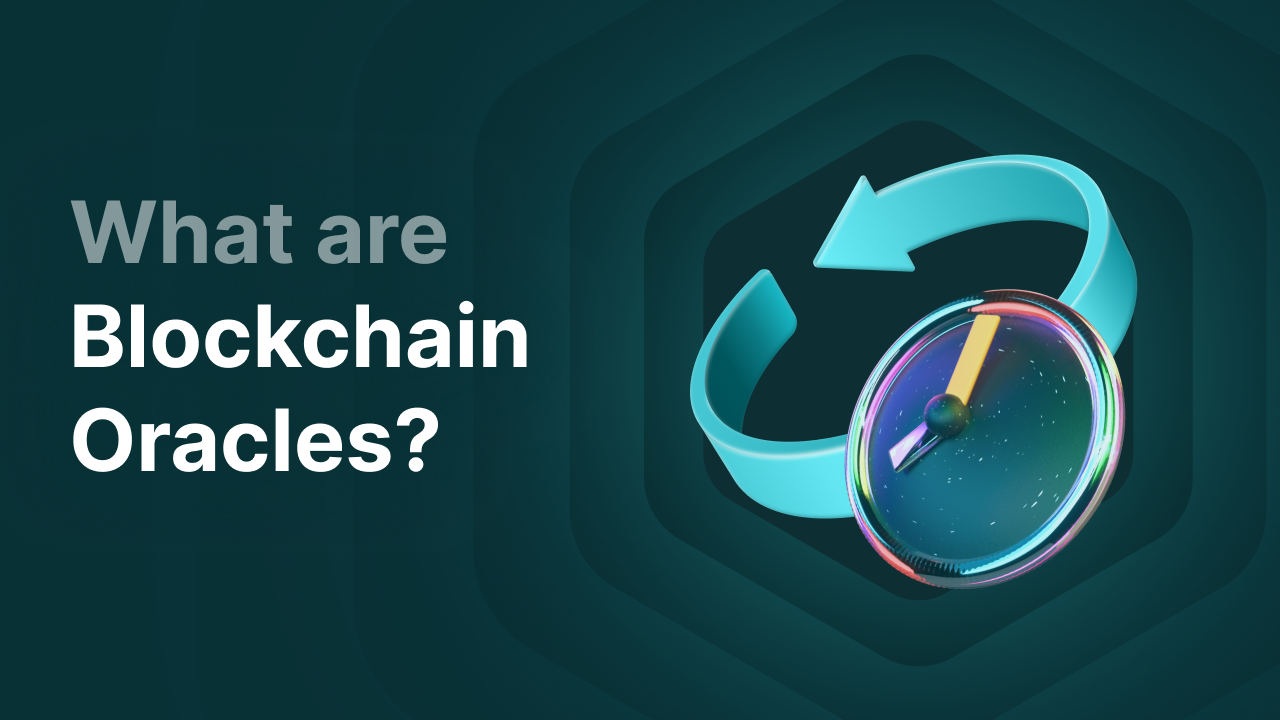What is Tokenomics and Why Does it Matter?

What is Tokenomics?
Tokenomics is the economic model behind a cryptocurrency or a blockchain. It includes total supply, maximum supply, circulating supply, token distribution, participation incentives, and use cases. In short, tokenomics is the economic design of a token or coin that determines value, behavior, and sustainability within a decentralized system.
The word says it all: “token” and “economics,” referring to the economic model behind a blockchain project.
Just like in traditional economics, cryptocurrencies often focus on supply and demand for goods and services. Tokenomics looks at the supply and demand of digital tokens (crypto) and how these elements work together to create value for users, developers, and investors.
Key Takeaways
- Tokenomics is the economic model behind a cryptocurrency or blockchain project.
- It includes aspects like supply, distribution, utility, incentives, and governance.
- Well-designed tokenomics drive utility, value, and sustainability.
- Tokenomics helps users better understand and evaluate crypto projects.
Key Elements of Tokenomics
Supply and Distribution
One of the most important aspects of tokenomics is a token’s supply. There are two main types of supply to consider:
- Maximum supply: The total number of tokens that will ever exist. For example, Bitcoin (BTC) has a hard cap of 21 million.
- Circulating supply: The number of tokens currently available and actively traded on the market.
How tokens are distributed—whether via an Initial Coin Offering (ICO), airdrop, or mining over time—greatly affects the token’s price and value.
Tokenomics also gives insight into how tokens are allocated across different stakeholders. How much is assigned to the team or developers? Is part reserved for marketing? How many tokens were sold during the ICO and how many are left? This breakdown is essential when evaluating a project’s sustainability and fairness.
Utility
Utility refers to what a token is actually used for within its blockchain ecosystem. Some tokens are purely transactional, while others serve specific purposes—like granting voting rights in governance (governance tokens) or paying for gas fees in a decentralized network.
A solid tokenomics model ensures the token has real utility within the ecosystem, which drives demand and helps maintain long-term value.
Incentives
For a cryptocurrency to be successful, there must be incentives for all network participants—users, miners, validators, and developers. Tokenomics defines how these parties are rewarded for participating. For example, in proof-of-work systems like Bitcoin, miners receive newly minted coins for validating transactions. In proof-of-stake systems, validators earn tokens for staking their assets and helping secure the network.
Deflationary vs Inflationary Models
Tokenomics also addresses whether a cryptocurrency follows a deflationary or inflationary model.
- Deflationary tokens: These have a fixed supply or decrease circulating supply over time using mechanisms like token burning (permanently removing tokens from circulation). This increases scarcity and, in theory, long-term value.
- Inflationary tokens: These increase supply over time through block rewards or yield mechanisms. While inflationary models can drive participation, they can also devalue tokens if supply outpaces demand.
Governance and Decision-Making
Governance is becoming a key aspect of tokenomics. Decentralized projects often allow token holders to vote on critical decisions—like protocol upgrades or monetary policy changes. A strong governance model ensures that the community has a say in the project’s direction, encouraging long-term engagement and stability.
Why Is Tokenomics Important?
Understanding tokenomics is essential for anyone looking to invest in or use cryptocurrency. In Europe, where adoption is rising and regulation is gaining traction, having a grasp of tokenomics helps you navigate the evolving landscape. Here’s why it matters:
- Informed investing: Tokenomics helps assess the long-term sustainability of a project. Tokens with limited supply and strong utility often retain value better than inflationary tokens with no clear purpose.
- Avoiding scams: Not all crypto projects have good intentions. Some have flawed tokenomics that lead to pump-and-dump schemes, where early investors profit at the expense of others. Understanding tokenomics helps you spot red flags early.
- Ecosystem participation: Tokenomics gives insights into how you can contribute to or benefit from a blockchain network—whether by staking tokens or participating in governance. It gives a clear view of how rewards and the token’s economy are structured.
Tokenomics and Europe: What’s the Link?
As more European citizens, businesses, and institutions explore blockchain technology, understanding tokenomics becomes more important.
EU regulators are paying closer attention to how cryptocurrencies function—especially with initiatives like the Markets in Crypto-Assets (MiCA) regulation, which aims to provide a consistent framework across member states. A solid tokenomics model can help projects meet regulatory requirements—making them more transparent, fair, and sustainable, and more attractive to European investors.
Additionally, Europe’s focus on green energy and sustainable innovation may boost interest in tokenomics models that minimize energy use or reward renewable energy use via staking incentives.
Final Thoughts
Tokenomics is the backbone of every crypto or blockchain project. It defines how tokens are created, distributed, and used within a decentralized ecosystem. For investors, developers, and enthusiasts, understanding tokenomics is essential for making informed decisions in a fast-moving space.
As crypto adoption grows, a deep understanding of tokenomics will help you invest smarter.




